
Where Stillness Meets Ancient Wilderness
A Visual Hotel Review – Luxury Adventure Retreat in Chile
Deep within Chile’s Los Ríos Region, Futangue Hotel & Spa sits quietly within a private nature reserve at the edge of the Valdivian rainforest, near Lake Ranco and framed by the Andes. The landscape feels untouched, where rainfall lingers in the air, ancient trees wear moss like cloaks, and rivers echo the mountains’ quiet power.
Arriving here feels like entering another world. The tree-lined road gives way to a lodge whose timber, stone, and glass façades reflect the same calm stillness that surrounds it. From my first step inside, despite being incredibly weary after flying direct from Australia, I sensed this would be more than a stay, it was a chance to become part of the rhythm of the landscape…after a decent sleep.
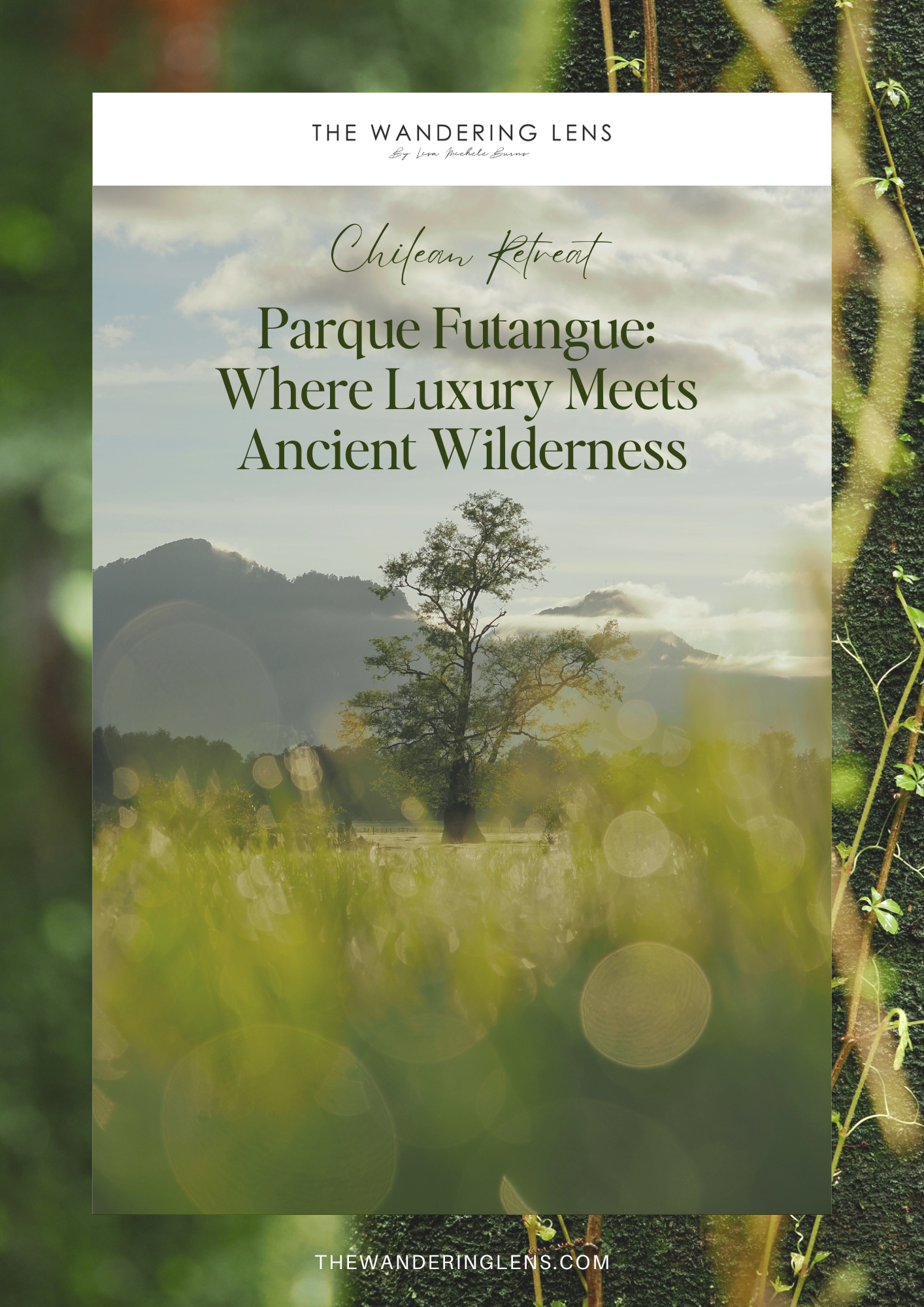
Waking early on my first morning, birdsong joined in a chorus with rain on the roof, a sound that echoed the environment we’d be soon out exploring, with Laguna Pichi first on the itinerary for a wander in the Valdivian Rainforest.
Beyond the comforts lies adventure, and the hotel sits within a 34,000-acre private reserve with more than 100 km of trails, sheltered lakes, waterfalls, and mountain ridges. Futangue is a family-owned conservation reserve of native forest at the foot of the Andes, one of those rare places where you can stay in luxury while immersing yourself in an environment that feels a world away from everything.
Part of any stay at Parque Futangue can include as much, or as little adventure as you like. Our 6-night visit included an itinerary that blended hiking, kayaking, cultural insights, gastronomic experiences and time to relax and enjoy the spa and serene spaces available around the property to sit, stare, and photograph the countryside.
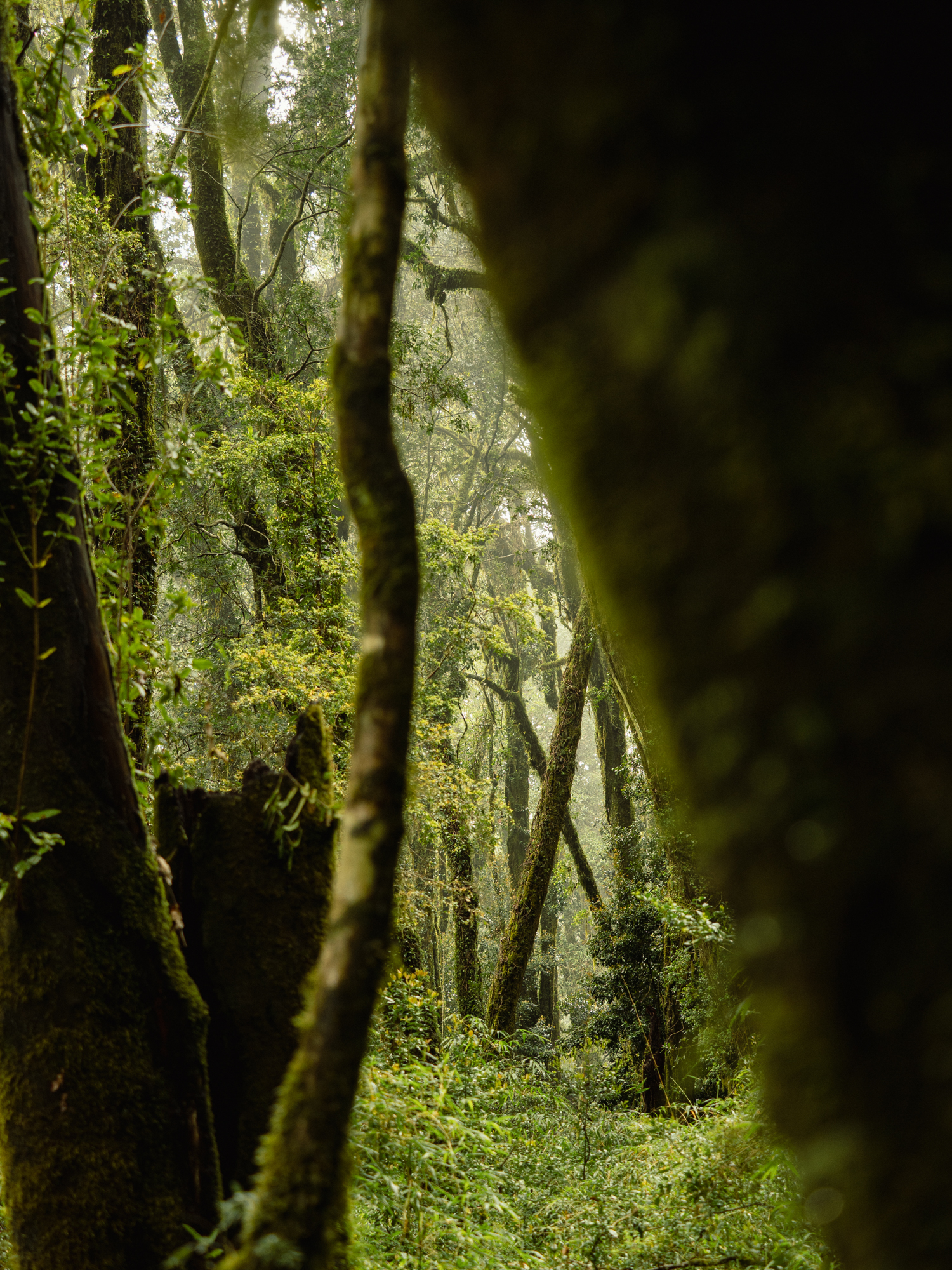
For visiting photographers and outdoor enthusiasts, the flexibility and access to natural wonders are an ideal advantage for capturing images that showcase this ancient landscape. With an entire week on the property, I had the chance to photograph drifting fog, lush rainforests dripping under a fresh rain shower, and plenty of sunshine, illuminating the morning dew across paddocks, and ramping up the saturation on nature’s palette.
The Los Ríos region of Chile offers an uncrowded wilderness, close enough to Patagonia to have dramatic peaks to photograph, but somewhere fewer than 7% of international tourists visit. It feels like a secret for now, one I’d encourage you to take advantage of if you’re planning to visit Chile and want to explore further afield, creating an itinerary of varied environments. Ideally, I’d recommend starting in the Atacama Desert, flying down to Valdivia and exploring Parque Futangue, then continuing your journey to Patagonia, covering desert, volcanoes, rainforest, and alpine wonders.

Excursions
With two cameras slung over my shoulders, I was the slowest walker as we wandered along the trail to Laguna Pichi. Beginning alongside the Riñinahue River with waterfalls tumbling down in all directions, the path winds through dense greenery, providing endless opportunities to stop and document the layered foliage.
Using both the 40-150mm f2.8 on the OM-1 MKII and the 12-40mm f2.8 lenses on the OM-3, I was mesmerised by the textures, tones, and composition possibilities of the rainforest, incorporating twisted trunks, water droplets on moss, and intricately shaped foliage.
As the path ends, it opens onto Laguna Pichi, an amphitheatre of mountains and still water with two distant waterfalls mirroring in the surface (top-right image). As a guest of the park, you can opt to kayak across the lake, wander further toward the viewpoint of Piedras Quemadas, a volcanic field, or cycle to and from the hotel, stopping at the waterfall lookouts along the way.
Read about Photographing The Darwin’s Frog at Parque Futangue here, and about additional outdoor excursions here, both guided and self-guided within the reserve.
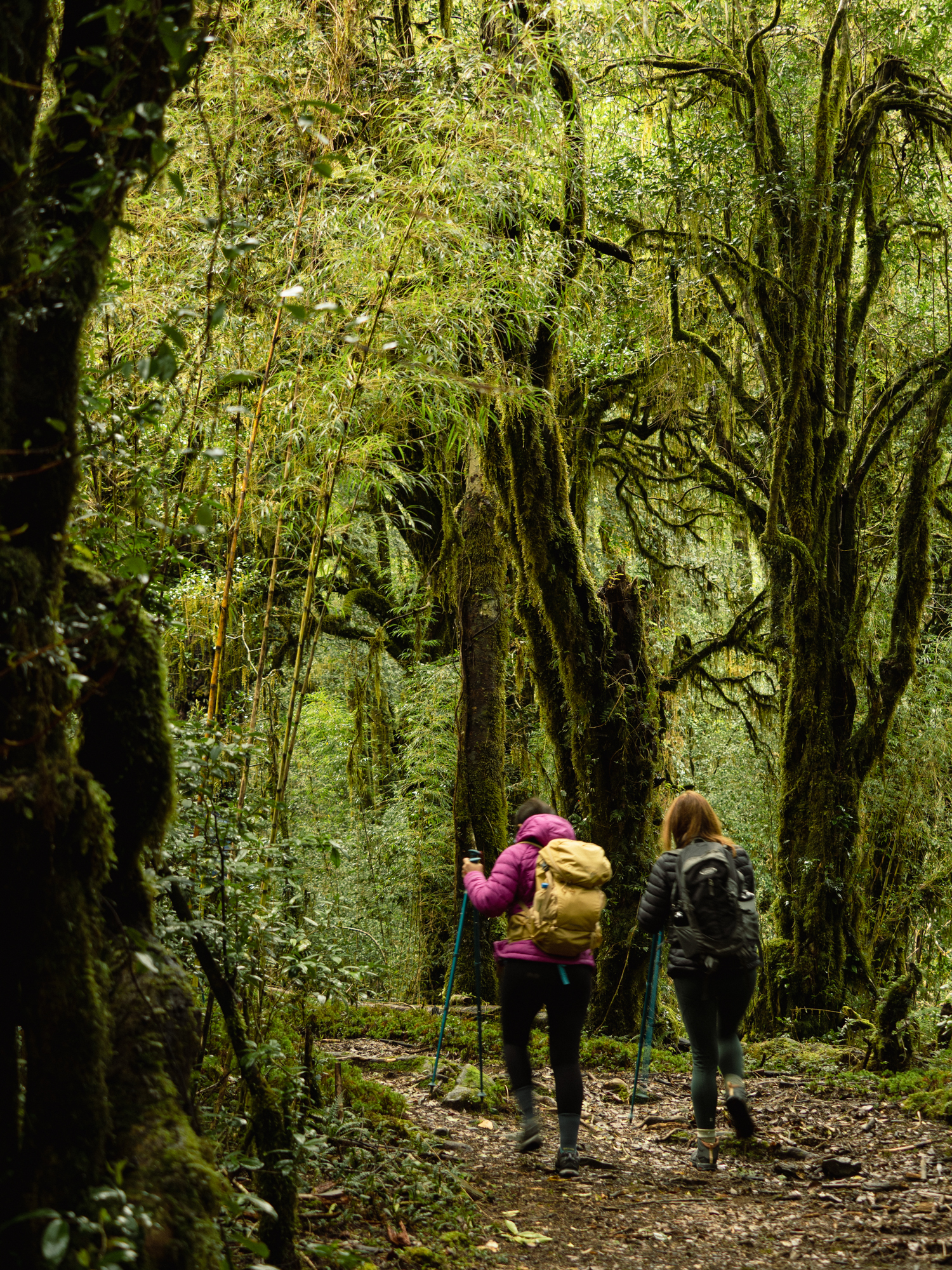

Design – Nature Refined
Designed to honour its environment, the hotel uses native woods and volcanic stone in its architecture, and expansive windows frame views of mist-dripped peaks and forested meadows. Inside, minimalist Scandinavian influences merge with Patagonian warmth: wool throws, leather accents, and soft lighting create a sense of calm. The central lounge with its fireplace invites lingering, while the sound of rain on the roof becomes part of the soundtrack of your stay.
Recently added to The Michelin Guide and awarded One Michelin Key as a ‘very special stay’, the hotel is recognised for its luxury services and outdoor experiences. From horseback riding to spa treatments, an inventive menu showcasing authentic local flavours, and interior architecture that evokes the ethos of wellness, as a guest, I can vouch for this honour being well deserved.

Before venturing out to photograph The Darwin’s Frog, I made a coffee and read a book by the fire, learning about the depths of the Valdivian Rainforest I’d be wandering in. Inside the book was a quote that stuck with me, Pablo Neruda, a Chilean poet, wrote, “If a person doesn’t know the Chilean forest, that person doesn’t know this planet.” The layers, textures, and atmosphere on the trails within Parque Futangue reflect this description, somewhere that’s hard to describe to those who haven’t witnessed its beauty. Hopefully, for now, the imagery will entice you to learn more about this region, somewhere I’d highly recommend to photographers and visitors interested in connecting with nature.
The park supports self-guided visits through its two main entrances: the Riñinahue access (which also serves the hotel, restaurant and cafeteria) and the Pitreño (Mayo Mountain) access. Visitors arriving by car will find this the most flexible way to reach trailheads, especially if they’re flying into Valdivia, Osorno or Puerto Montt and prefer to drive themselves rather than taking a tour.
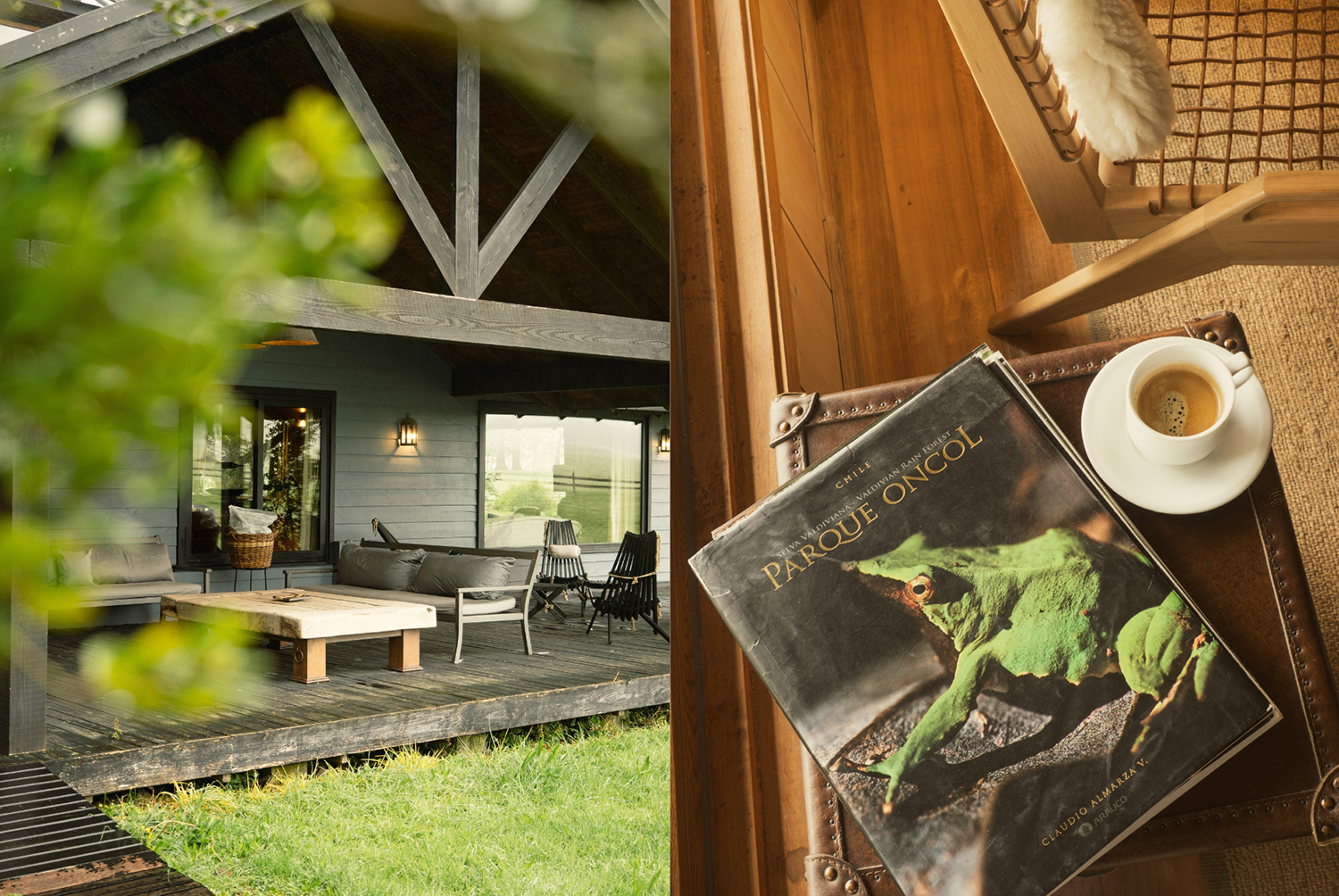
The Interiors of a Forest Hideaway
Rooms reflect the forest outside, with the Superior and Suite rooms in the main building featuring rustic furnishings and warm wood finishes, while the Standard rooms in Casa Exploradores, my home for the week, offer open-field views and handcrafted organic toiletries made with local forest honey. I spent evenings watching fog drift through the trees from my window, the forest’s hush contrasting with the comfort of soft linen and the subtle scent of native timber.
I must admit, I’ve got a long-term dream to live in a similar setting, a remote retreat with space, natural tones, and an interior that feels fresh, ideal for recharging between adventures. The photos I captured will be added to my inspiration folder, a growing library of interiors and architecture I feel resonates with letting the outdoors merge seamlessly with the inside, a balance that keeps the elements out, but allows you to watch and listen while sitting cosy by the fire.
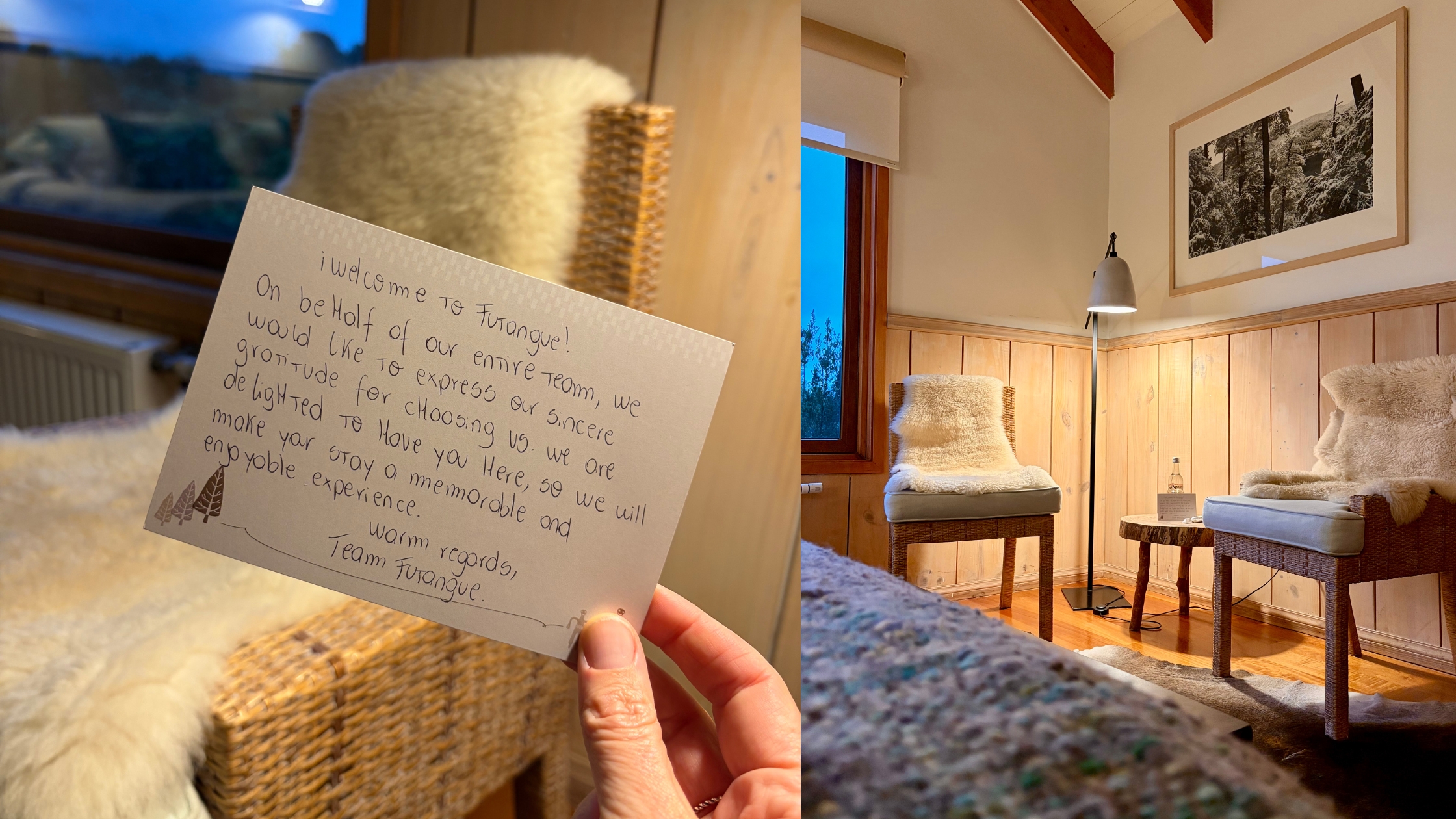

The Taste of Los Ríos
One thing regular readers will know is that I’m not quite a foodie, usually replacing meals with muesli bars to remain out photographing as long as possible. Here though, everything is taken care of, with meals (three-course), snacks, picnic lunches and dietary requirements catered to. On my first morning, there was gluten-free bread cooked, fresh and straight from the oven, an effort that I never expected, but appreciate so much. Bread, though, was just the beginning; every evening we were treated to some of the best meals I’ve eaten.
The Mesón del Caulle menu celebrates Chilean Patagonia’s flavours with refined warmth, from slow-braised lamb shank, glazed pork ribs and wood-fired short rib to fresh trout tiradito, mushroom pilpil, and handmade pastas. Once my friend and I had the fillet steak, we couldn’t go back, three-nights in a row after hiking we ordered the same thing, cooked with the local style of caramelised onions, egg, and potato. On Saturdays, guests can also experience a traditional Chilean barbecue, where regional meats are grilled over open flames and shared in true Patagonian style. It was evident that a lot of love goes into not only the cooking, but the hospitality, delivering the feeling of a restaurant that’s truly welcoming you as they would close family.

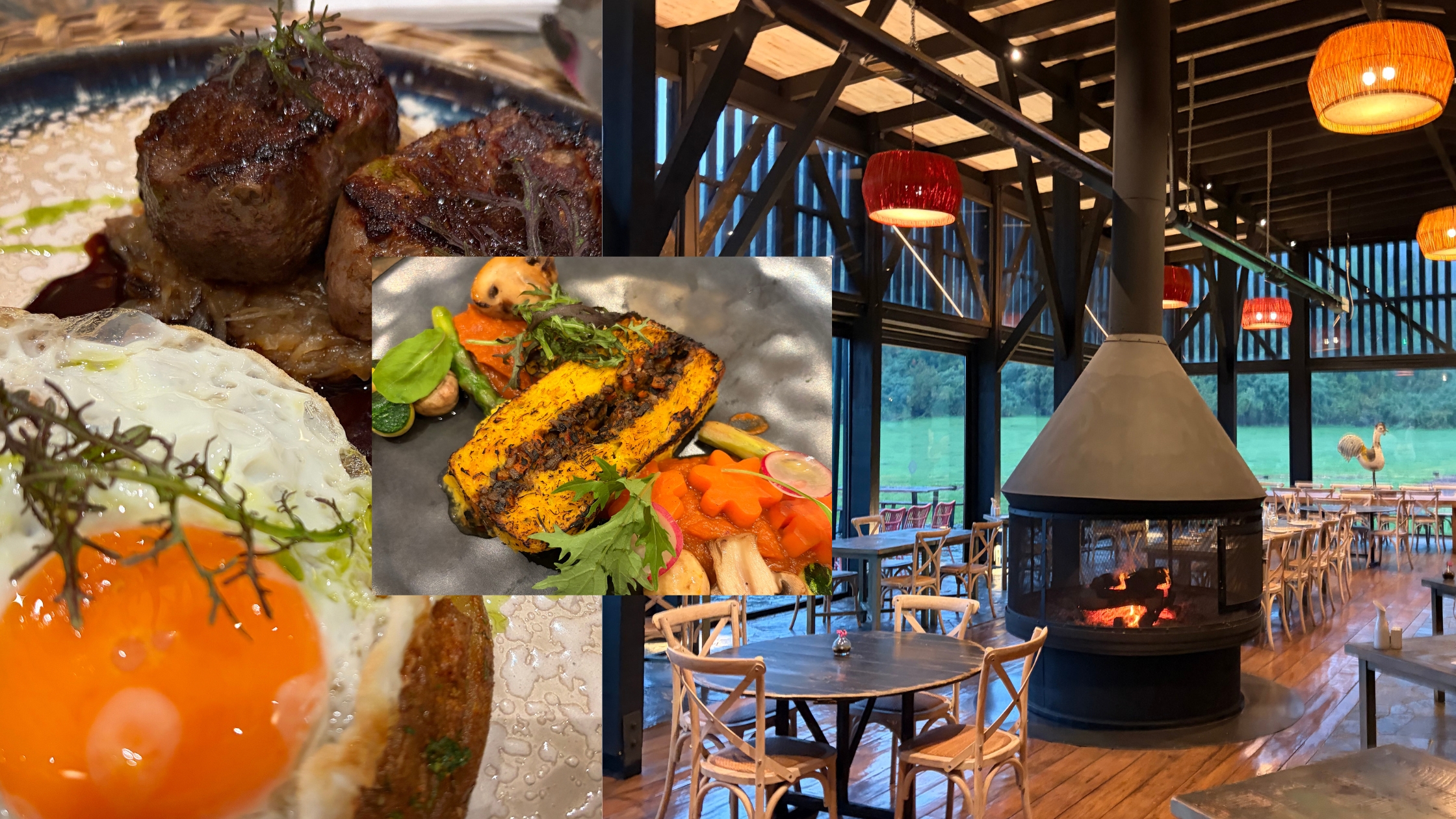
Wellness and the Water
After exploring the rainforest trails, guests can unwind at the Triwe Spa, named in the Huilliche language after the bay trees that stand like silent guardians around it. The indoor heated pool, semi-Olympic outdoor pool, sauna with views of the forest and mountains, and treatments using native botanicals created a sense of restoration that matched the pace of the place.
As someone who grew up by the coast, I always have my swimsuit packed and walked across the field to have a dip twice after hiking. Starting inside, where the warmth of the pool bounces around the room and blends with the carefully selected scents, I then swam through the curtains to the outdoor section, sitting in the sunshine, warm as toast while soaking in the views and listening to birds dance around the surrounding forest.

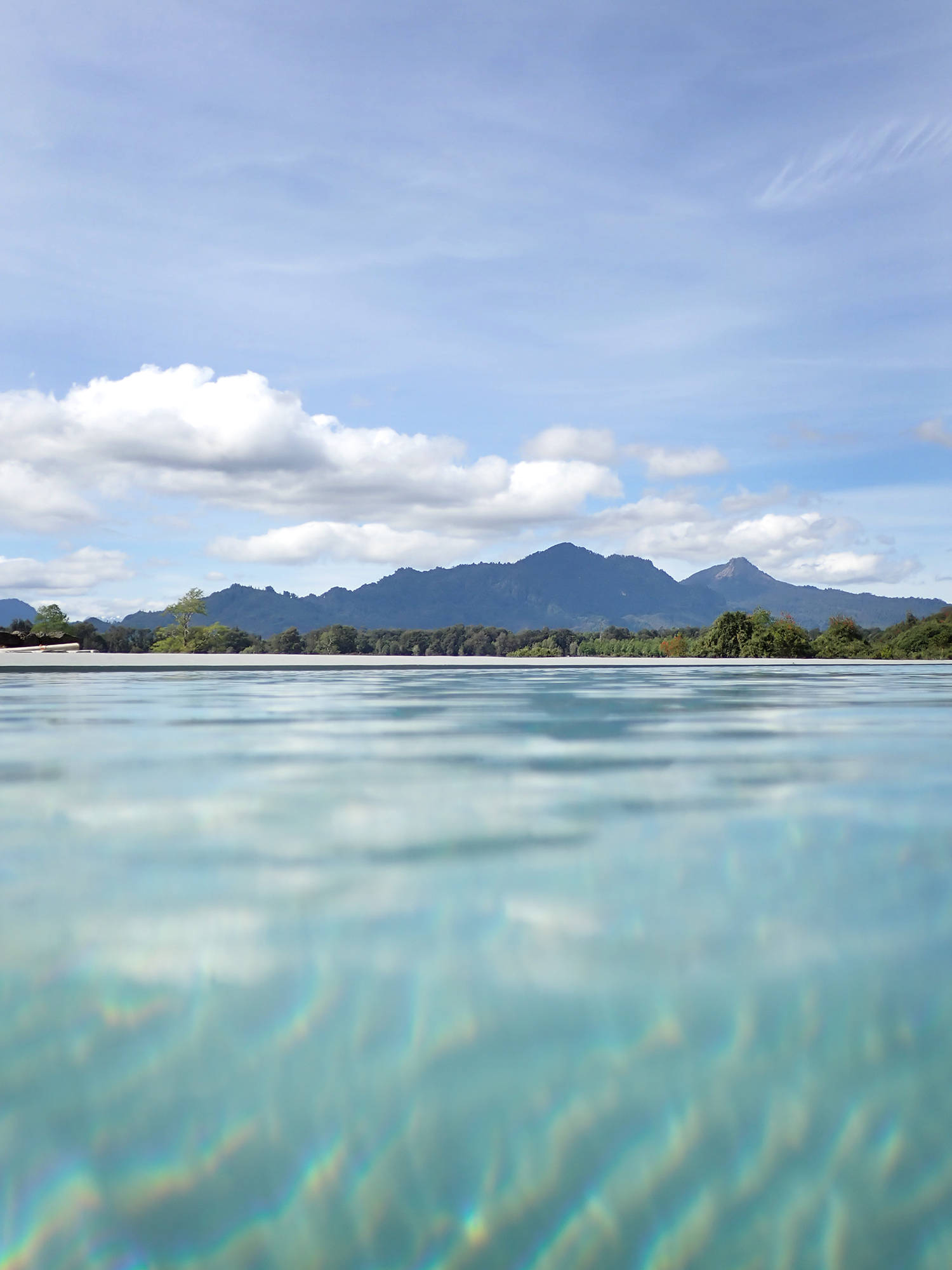

A Sense of Place
Every aspect, from the architecture to the cuisine, honours the land and the communities who care for it. The Valdivian rainforest is one of the most biodiverse ecosystems on Earth, and here guests become quiet participants in its story. To stay is to slow down, to watch mist lift off ridges, and to feel the luxury of stillness in one of Chile’s most photogenic and protected places.
Take a peek at more imagery from my stay below, as a visual review, I always prefer to let the images do the talking, to invite you into my adventure, and leave inspiration to plan your own.
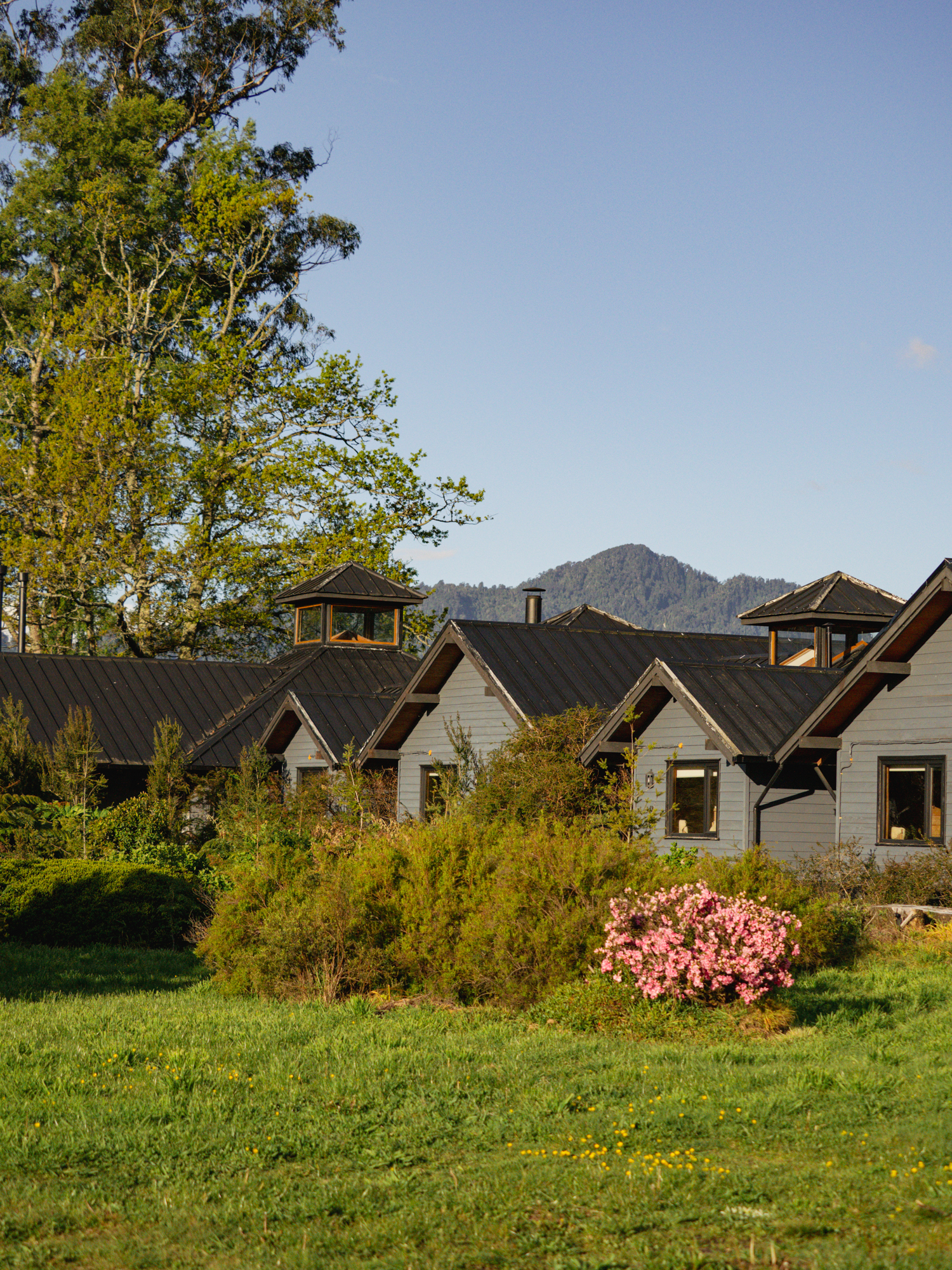



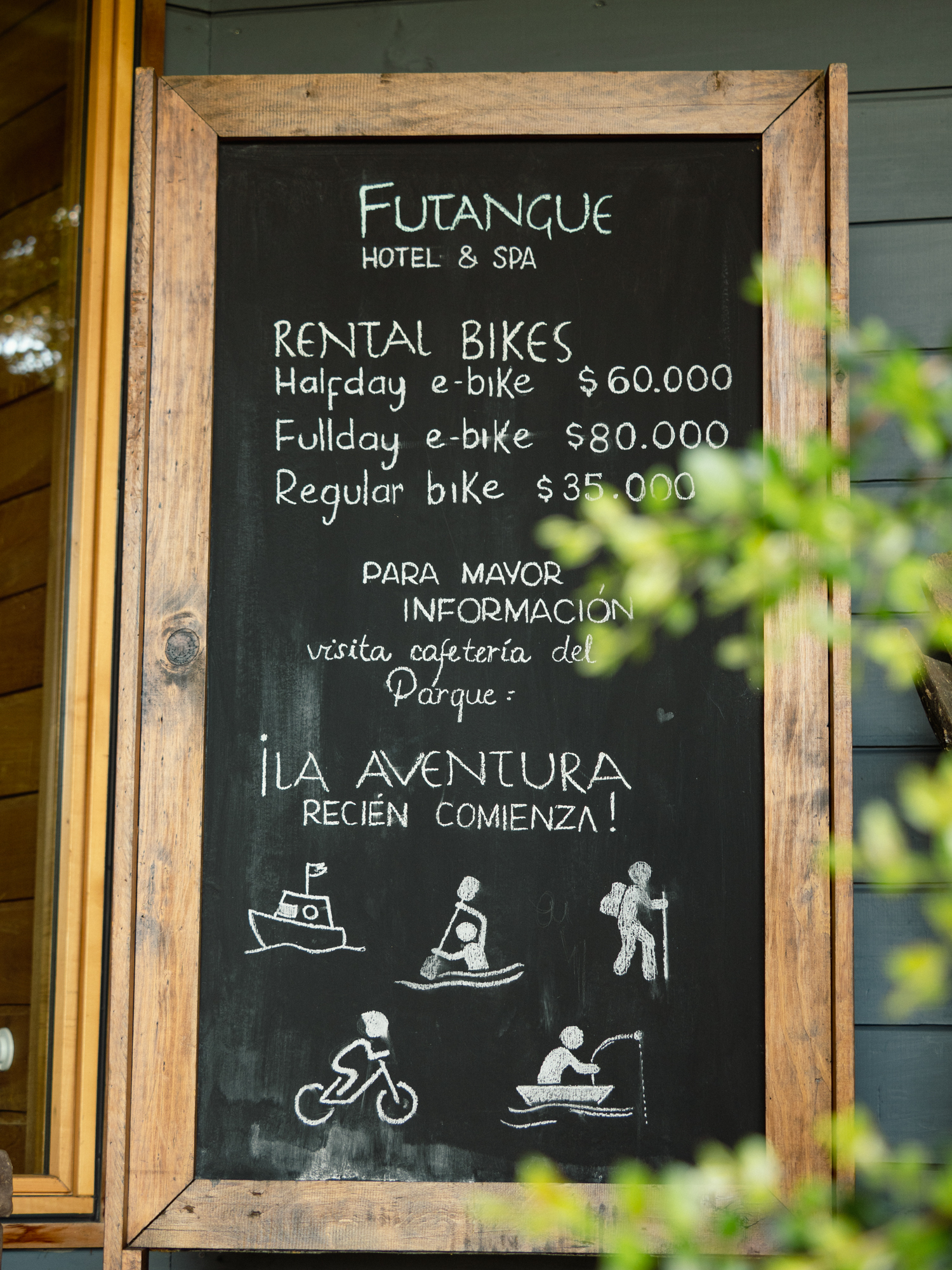
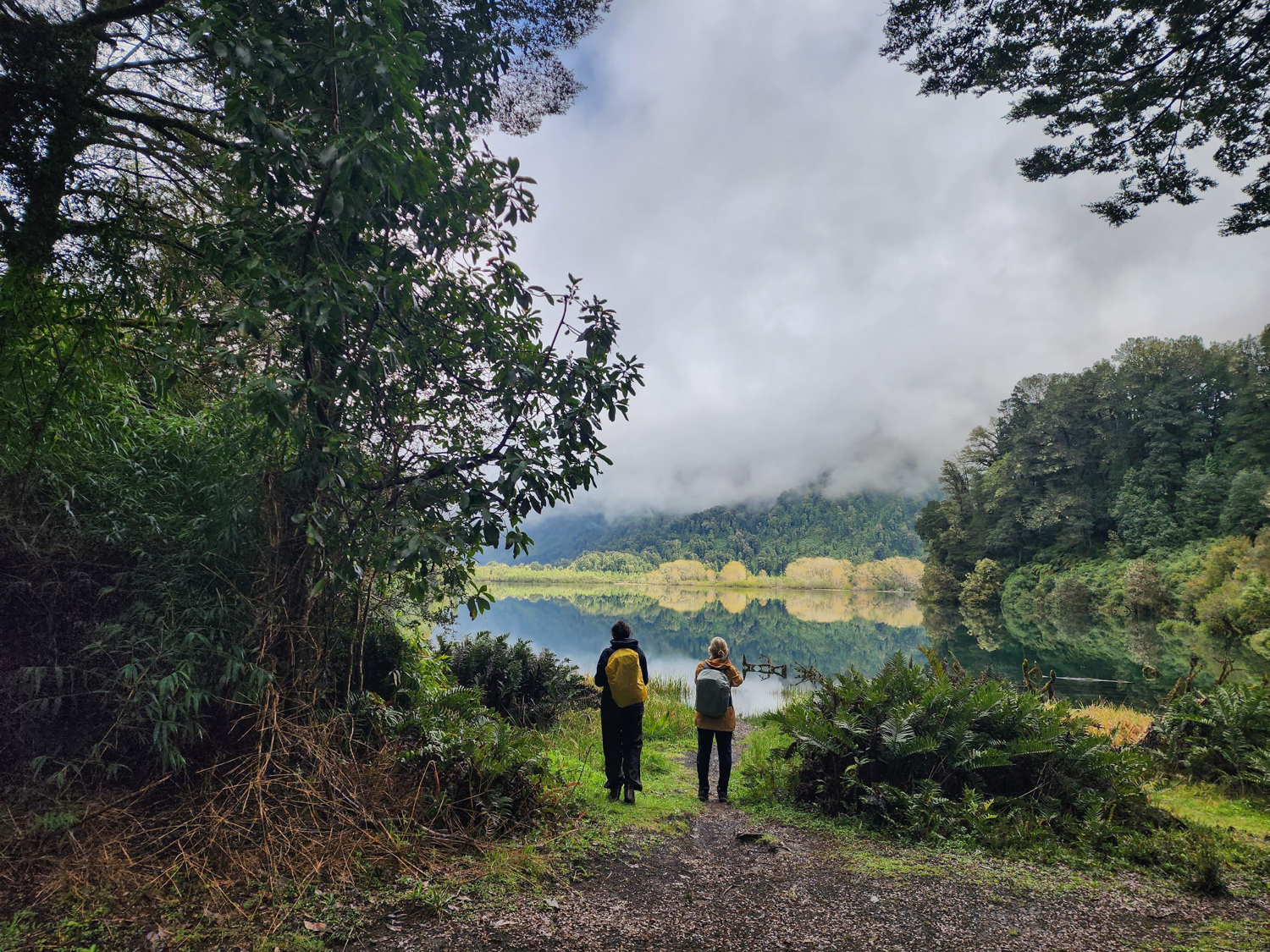
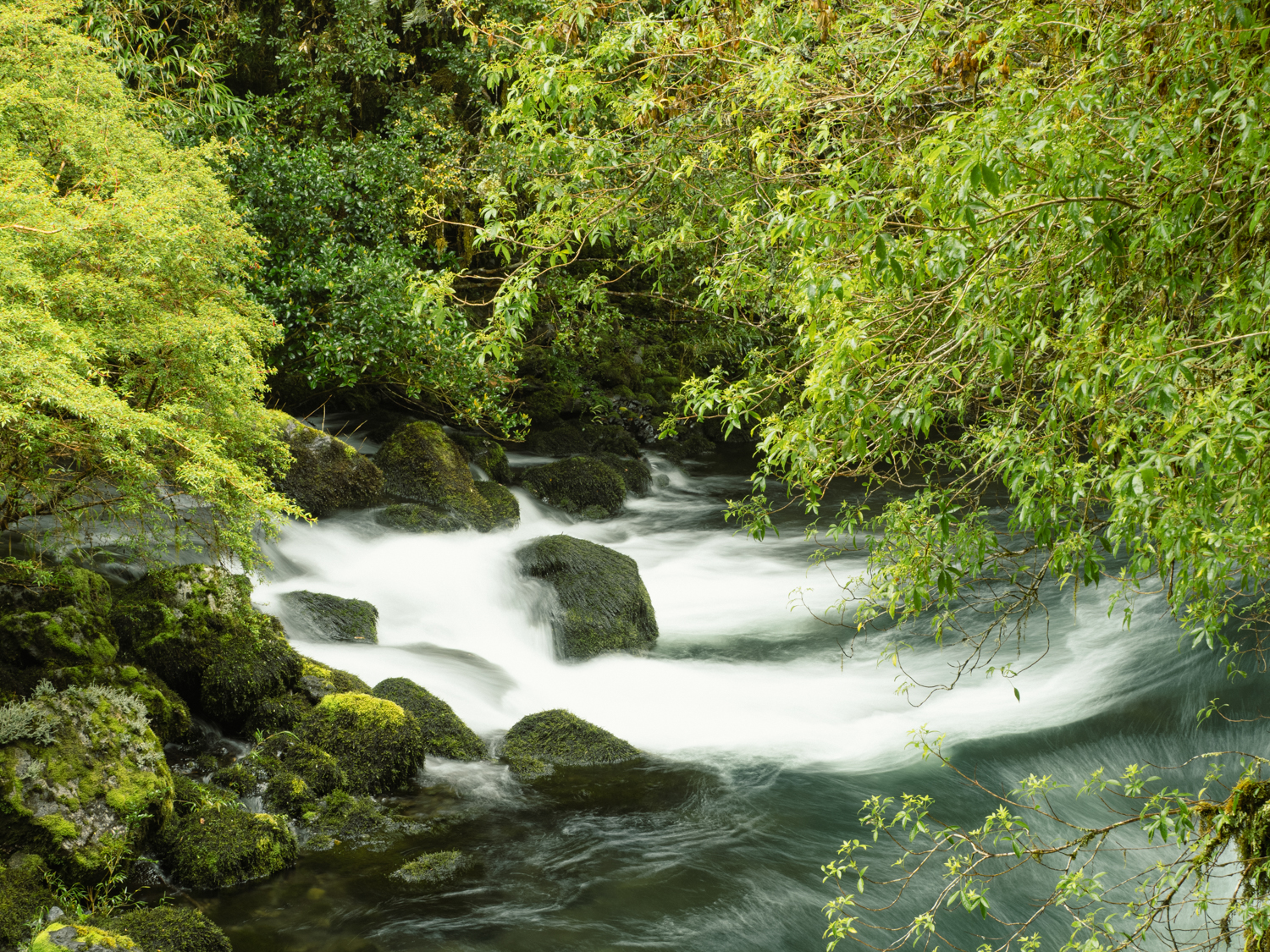
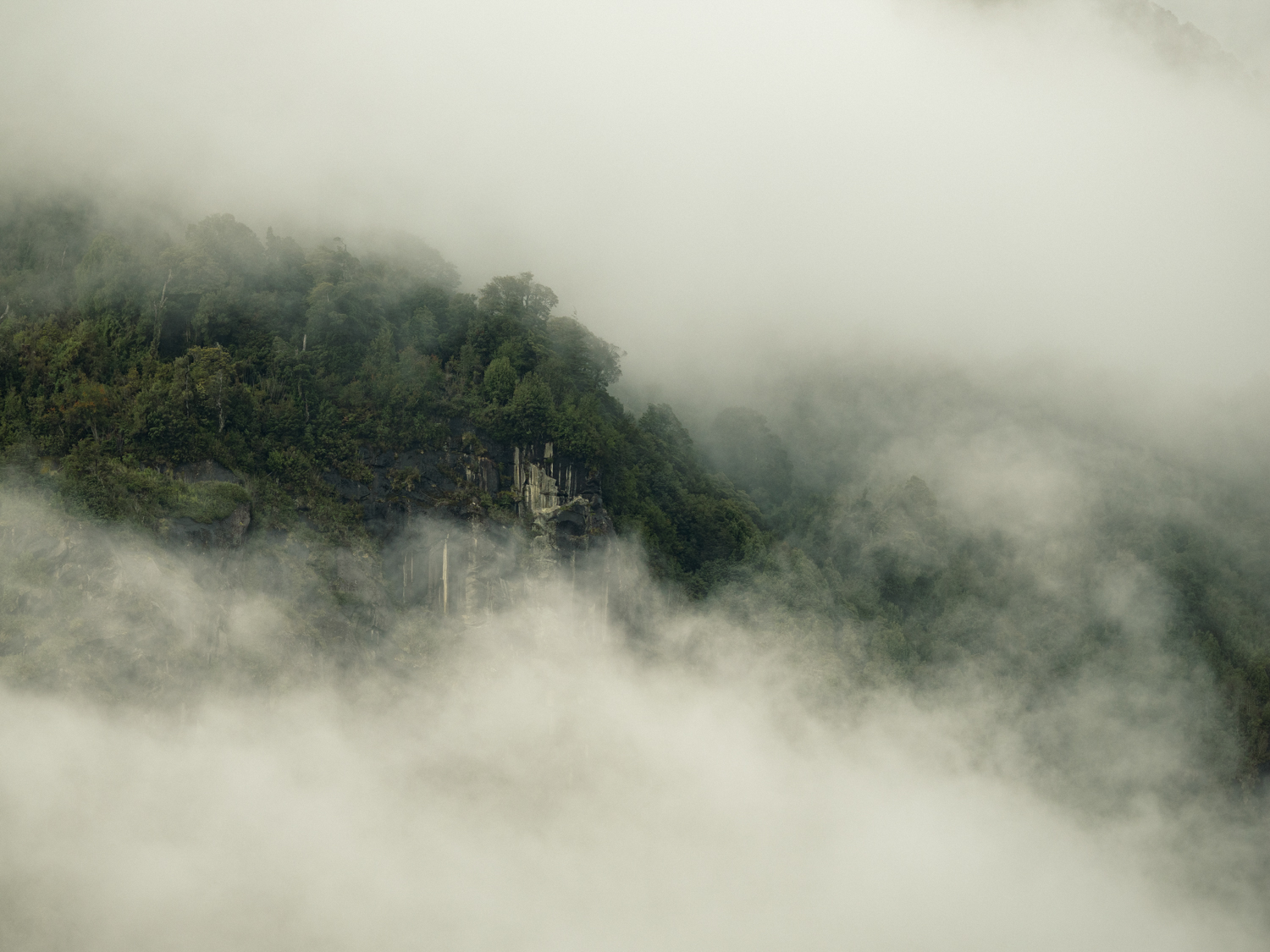
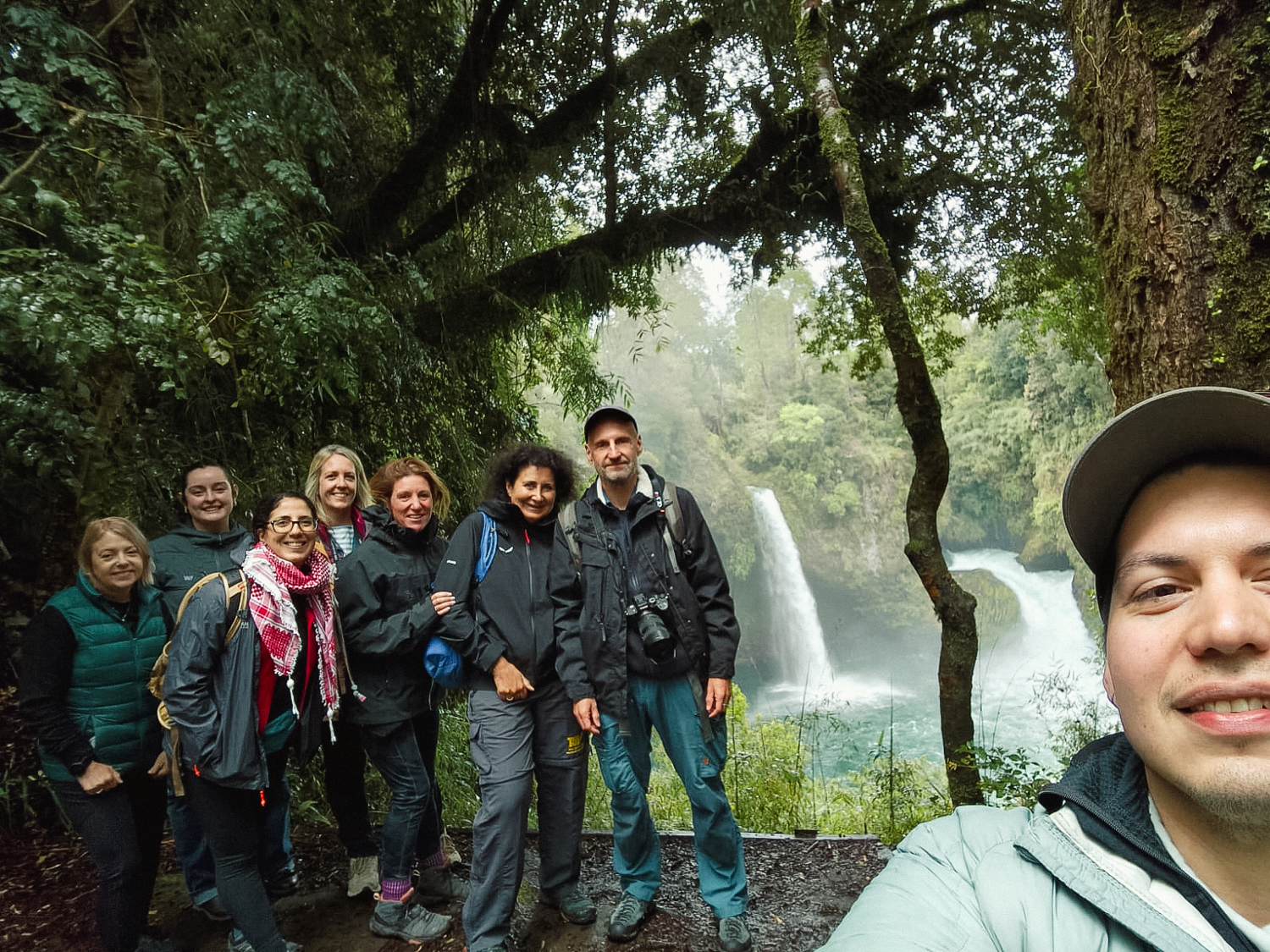

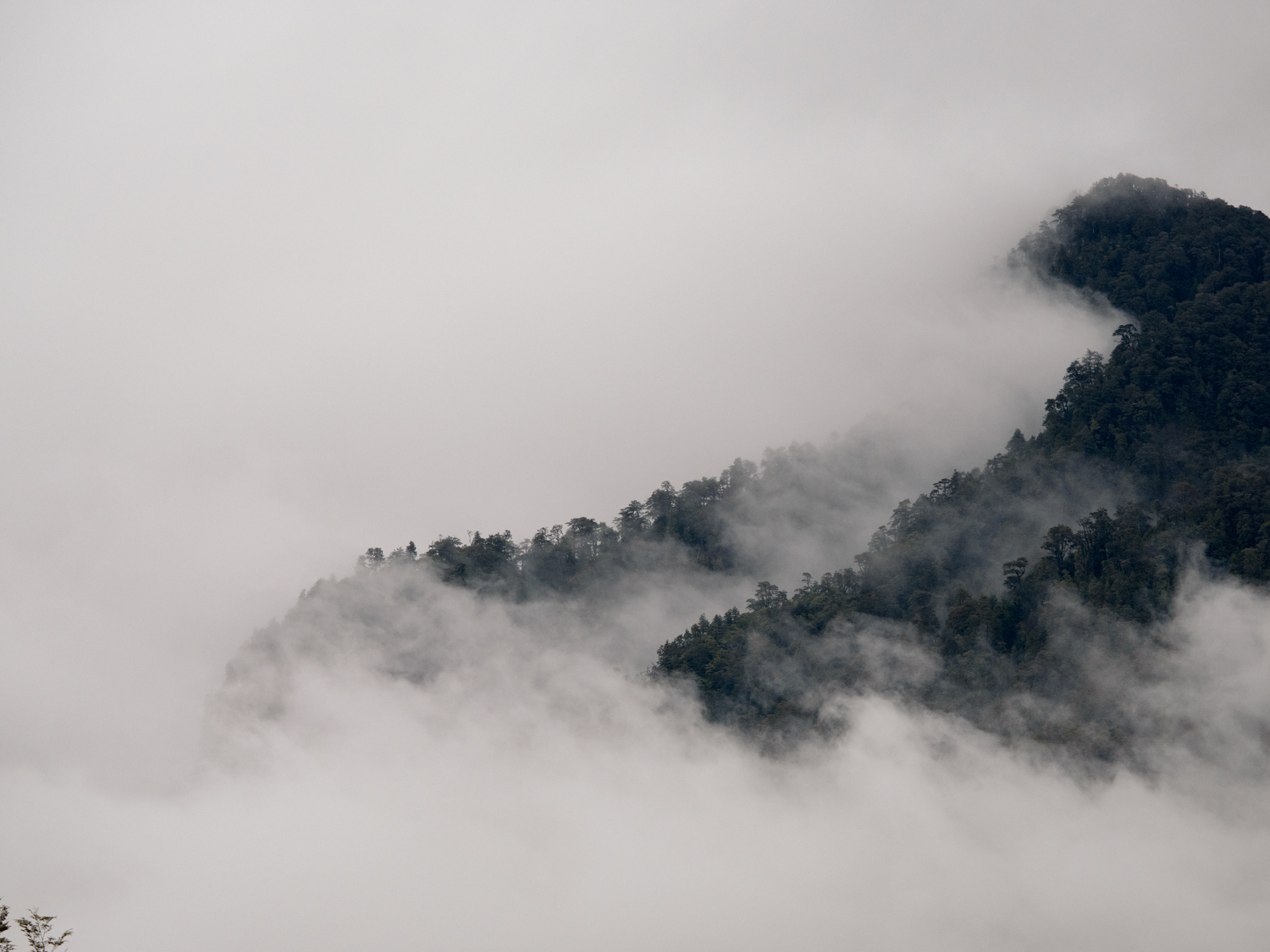
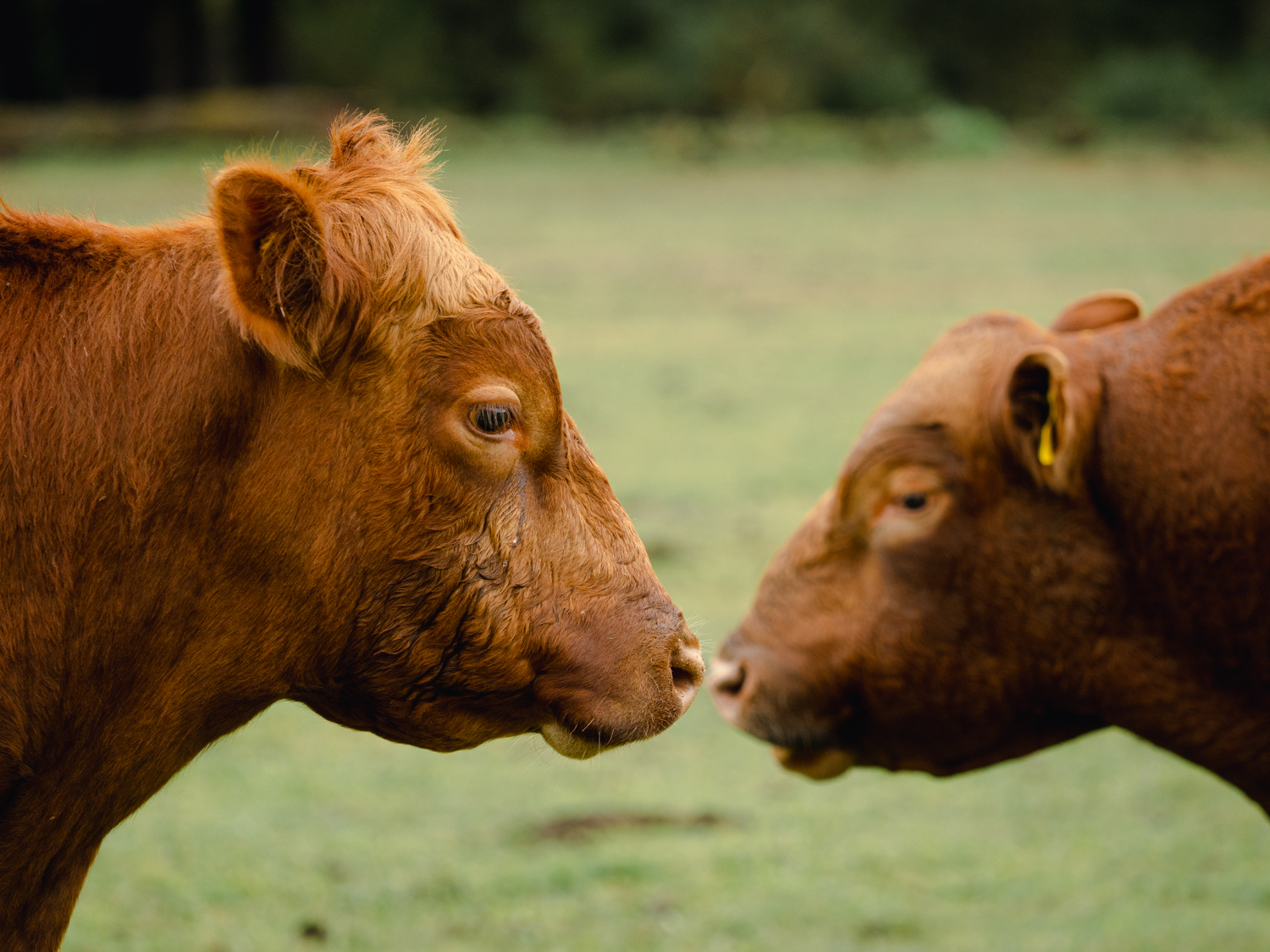
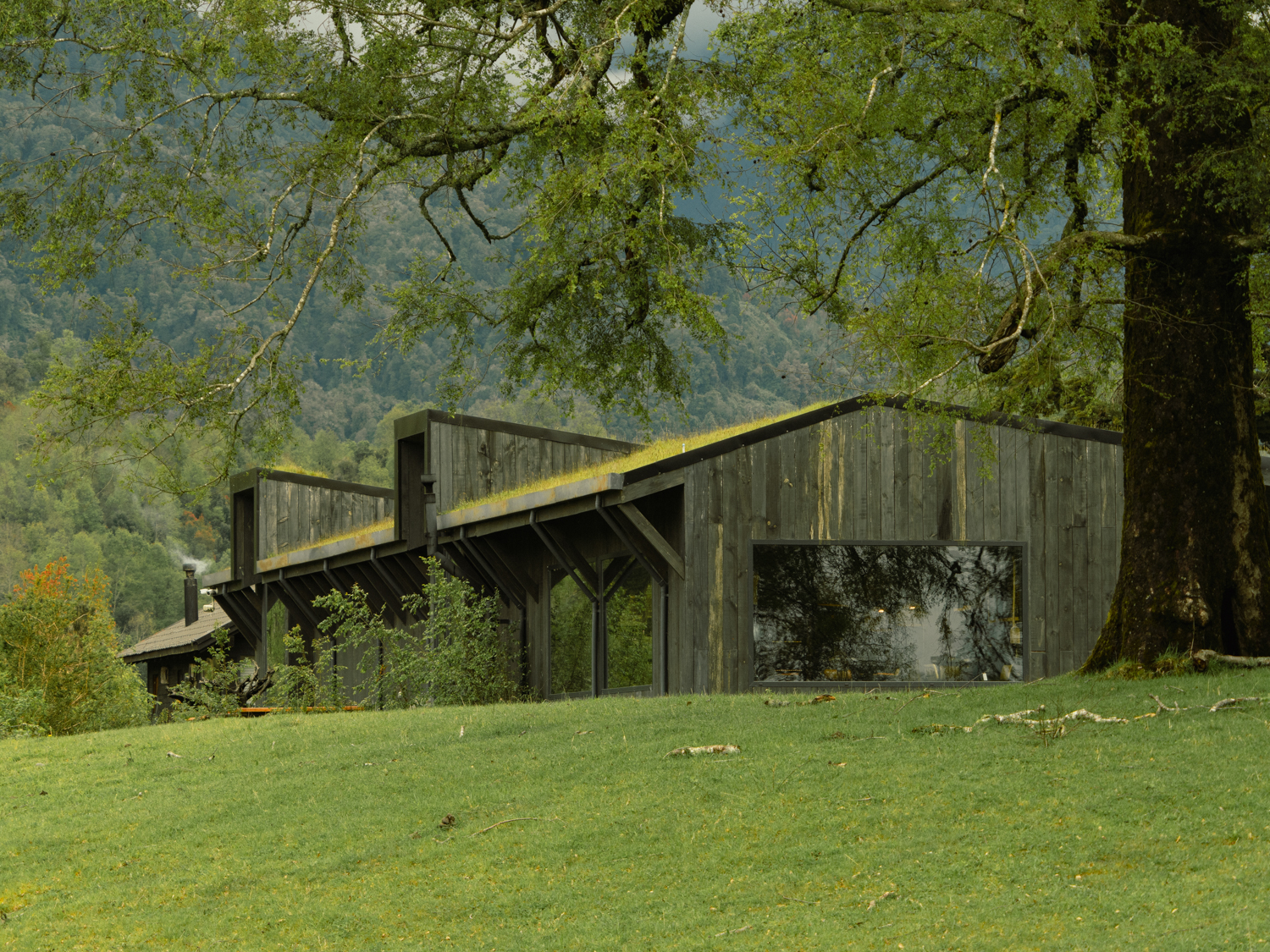
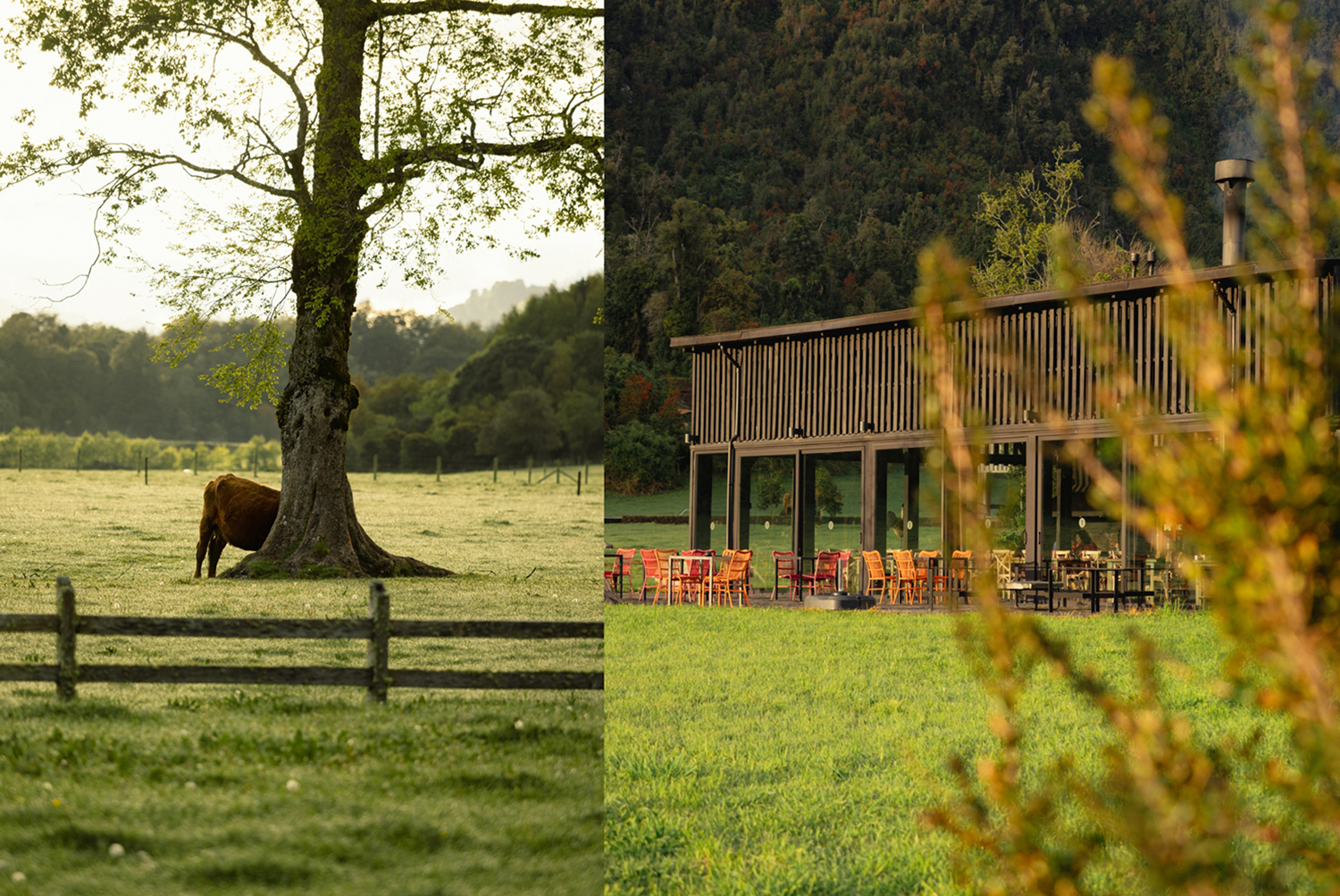
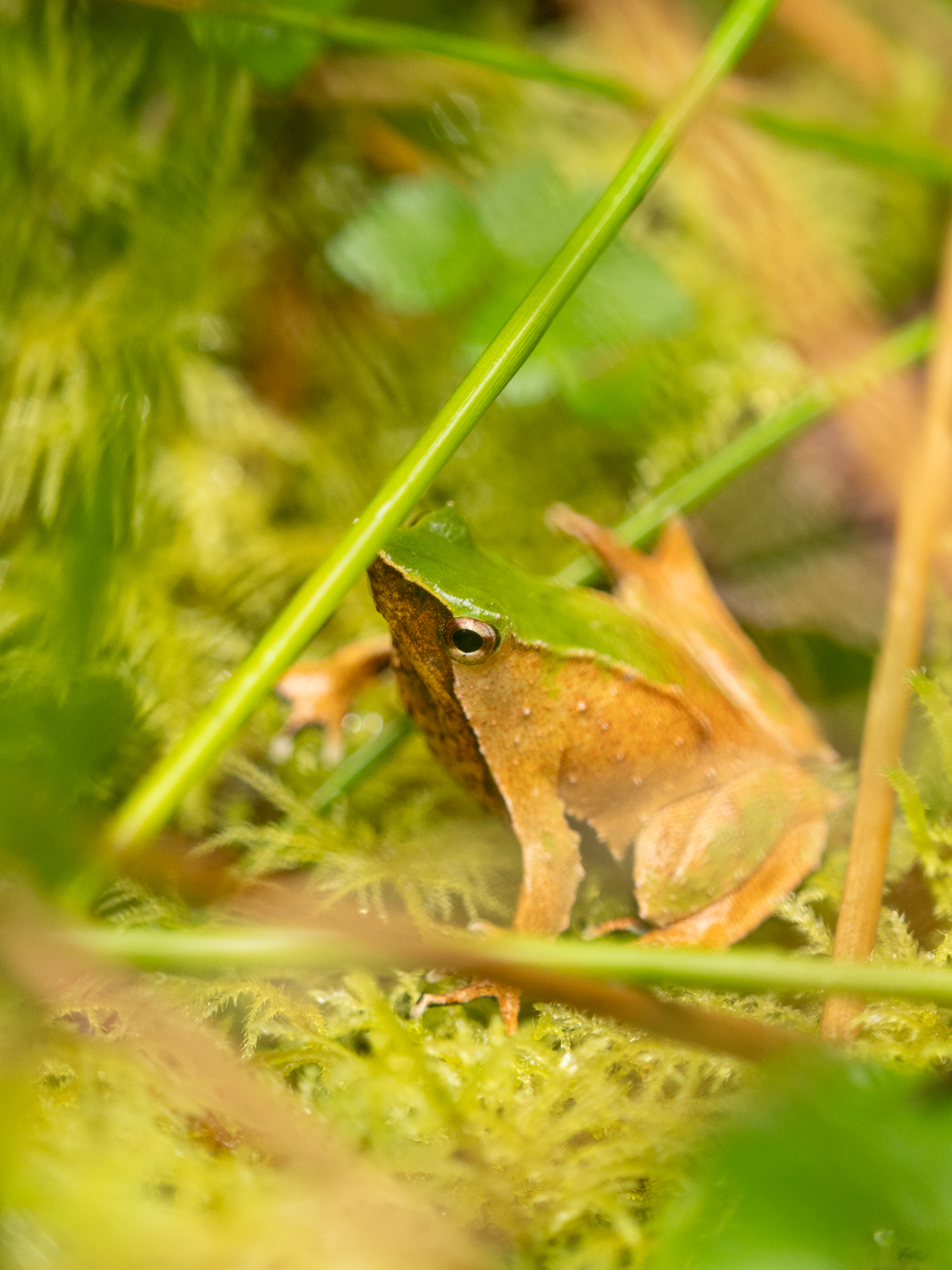
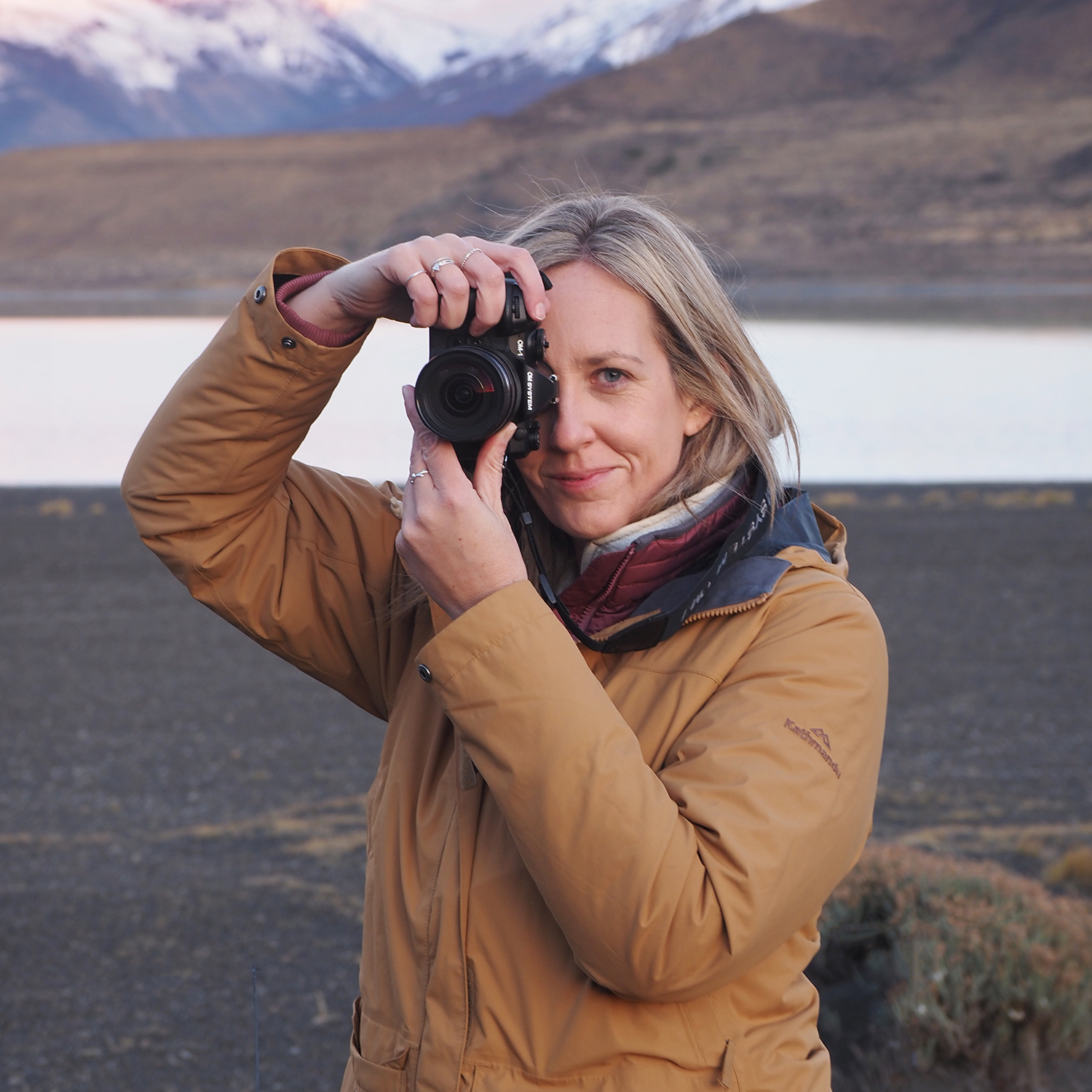
Hello! I’m the founder and photographer behind The Wandering Lens.
With 19+yrs experience as a professional travel and landscape photographer, all advice found on this site is from my personal experience, or that of contributors, on the road. I hope it’s useful for your own travels and would love to hear in the comments about your trips and experiences around the world.

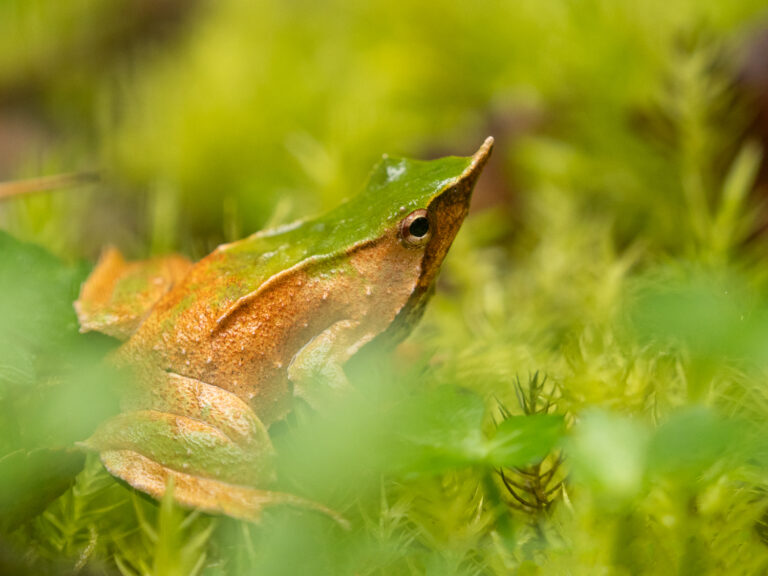


Leave a Comment